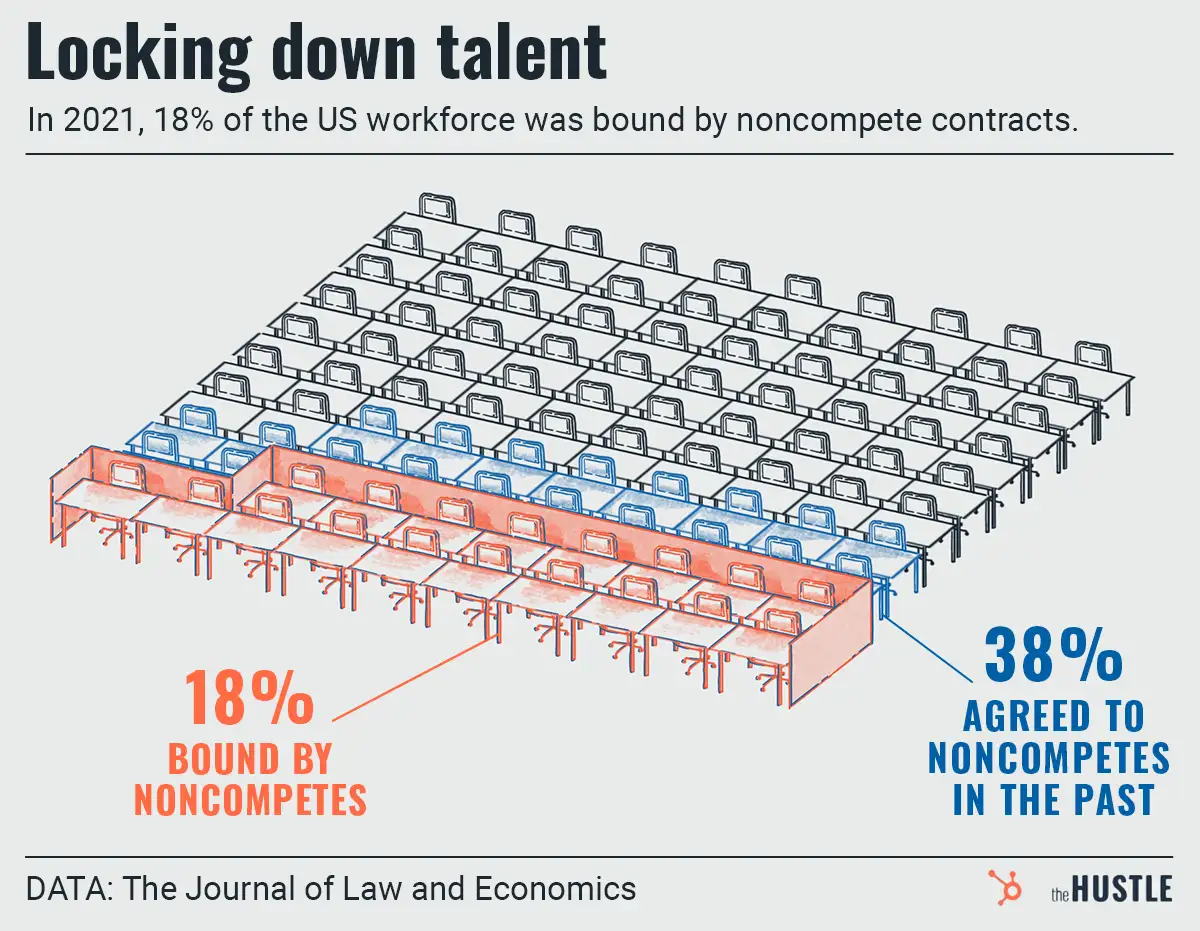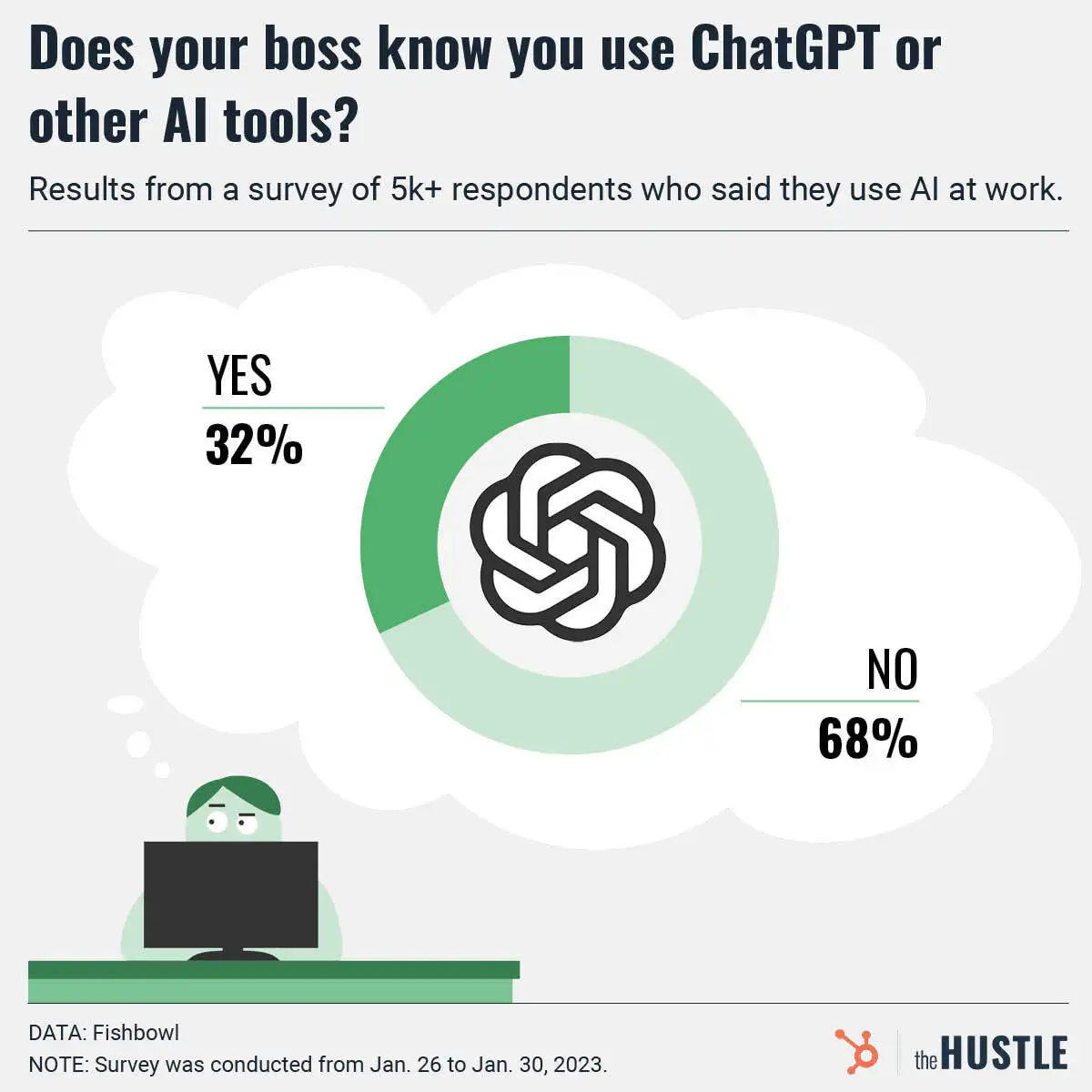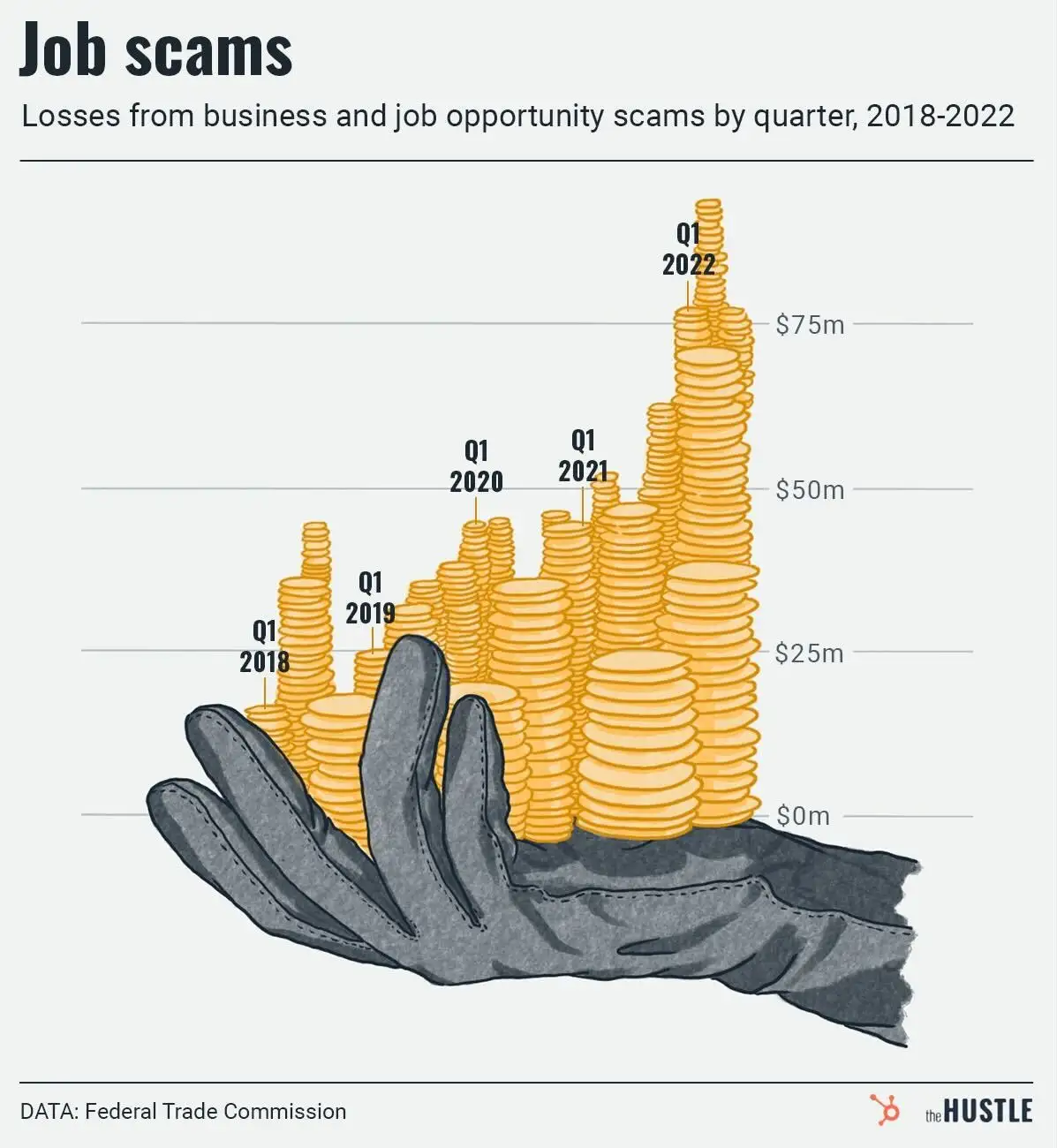Something odd is happening in the corporate world.

Work-from-home is widespread and unlimited vacation policies abound. The “work-life balance” should be more balanced than ever. But is it?
Let’s look at vacations
Fifty-seven percent of Americans vacationed in the past year, the highest rate since 2009, per data from Allianz Partners USA. But look deeper, and here’s what you’ll find:
- 60% of US professionals are working more on vacations, according to consulting firm Korn Ferry.
- 63% are taking shorter-than-usual vacations.
- 37% are logging on multiple times per day during vacations, up from 19% in 2021.
No better way to unwind than Microsoft Teams at the beach.
What about other trends?
In 2021, Microsoft Teams saw a 42% rise in chats per person after normal work hours.
- Flexibility is great; people are saving nearly six hours weekly by commuting less. But they’re also spending half of that saved time… doing more work.
And let’s not forget — in the US, 23% of private-sector workers don’t even get paid vacation. It’s hard to relax if it means no dinner.
One practice that’s seen success…
… is the company-wide, weeklong recess. Results from PwC’s 60k-employee trial, for instance, were positive. Surprising!
Then you’ve got the four-day workweek, which has proven effective in Iceland’s multiyear trials and is undergoing promising tests in the US, Canada, and the UK with 7.3k+ workers across 130 companies.
One thing’s for certain: It’s not unreasonable to think people could soon be working four-day workweeks from home with an unlimited vacation policy. Try explaining that to a grandparent born in 1935.










